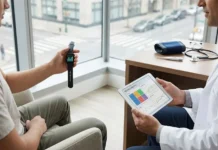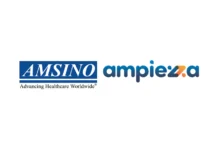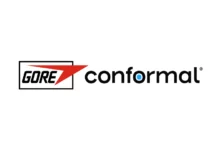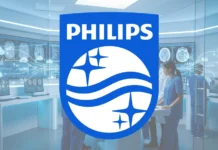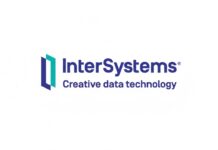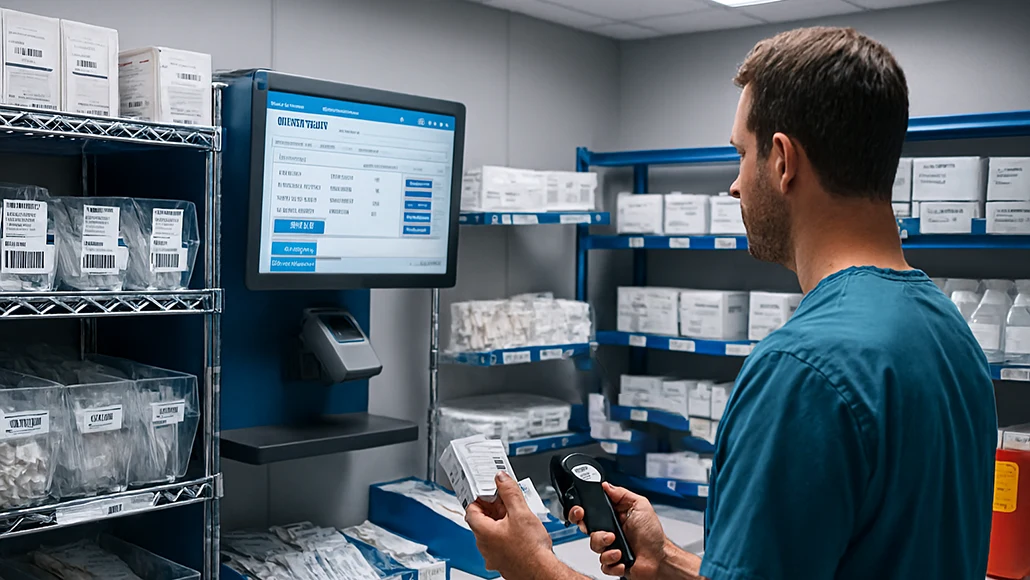Healthcare supply chains are under constant pressure. From temperature-sensitive medications to life-saving surgical tools, the delivery and handling of medical supplies demand exceptional accuracy, speed, and traceability. Yet many healthcare facilities still rely on manual or fragmented systems to track what arrives, when it arrives, and where it goes next.
For hospitals, clinics, and research labs, the stakes are high. One misplaced delivery can delay a procedure, waste critical medications, or compromise patient care. That is why more healthcare institutions are now turning to centralized parcel management systems to bring order, accountability, and transparency to their last-mile logistics.
“In a sector where minutes matter, supply visibility is more than a convenience. It’s a requirement.”
The Growing Complexity of Healthcare Deliveries
Medical campuses can receive thousands of parcels weekly. These range from pharmaceuticals and diagnostic kits to maintenance parts and lab samples. With different departments ordering from various suppliers, and with internal handoffs often untracked, it’s easy for items to go missing or sit idle.
| Delivery Type | Risks Without Traceability |
| Controlled drugs | Expiry risk, theft, compliance issues |
| Diagnostic kits | Missed testing windows |
| Surgical tools | Delays in procedures |
| Temperature-sensitive items | Spoilage due to late handling |
A parcel may enter the building through a central receiving area, then be distributed manually across departments. But without digital tools, there’s no timestamped record of its movement or pickup. This leads to waste, confusion, and regulatory risk.
Why Mailroom Technology Matters in Healthcare
What happens inside the facility is just as important as what happens in transit. That’s where mailroom management technology is gaining traction as an essential component of healthcare logistics.
Parcel and mailroom systems built for healthcare environments allow teams to scan and log incoming deliveries, alert recipients automatically, and monitor pickup activity. Whether it’s a high-priority specimen or a critical device component, the full chain of custody is captured in one system.
“Digital traceability doesn’t end at the loading dock. It must follow every item to its point of use.”
Advanced solutions even allow for custom workflows, such as flagging temperature-sensitive items or restricting access to pharmaceuticals based on recipient credentials. This enhances both compliance and operational efficiency.
A great example is shown in this quick walkthrough, where a mailroom team manages high volumes of sensitive deliveries using simple, scalable tech.
Features that Support Hospital-Grade Logistics
Smart mailroom platforms designed for medical environments offer targeted features that help protect supply integrity while improving staff productivity.
- Chain-of-Custody Scanning
Each handoff is recorded, from the loading dock to the department to the end user. This protects against misplacement and ensures accountability at every step. - Time-Stamps and Alerts
Automated timestamps for delivery and pickup provide a verifiable audit trail. Alerts help recipients act quickly, especially for urgent materials. - Role-Based Access
Certain items should only be received by licensed personnel. Role-based access ensures sensitive supplies are only released to authorized individuals. - Cloud-Based Audit Logs
Hospitals can access historical delivery data to support investigations, compliance checks, or billing queries. This minimizes time spent on manual searching. - Space and Inventory Management
Digital oversight allows teams to track dwell times and optimize mailroom layouts based on volume trends. This is especially useful in resource-constrained environments.
Real-World Benefits of Smarter Tracking
Hospitals that implement digital parcel tracking not only improve accuracy but also reduce supply chain interruptions and free up staff resources.
| Before Digital Tracking | After Implementation |
| Manual delivery logs | Automated scanning with full history |
| High rate of misdeliveries | Real-time recipient verification |
| Delays in critical item pickup | Instant pickup alerts and reminders |
| No delivery performance insights | Metrics for volume, timing, bottlenecks |
In emergency care and surgical environments, time saved equals lives saved. For outpatient and diagnostic settings, reducing turnaround times improves patient experience and throughput.
Choosing the Right System for Healthcare Facilities
Not all mailroom solutions are designed for healthcare’s high standards. Facilities should look for systems that support HIPAA-aligned data handling, high-frequency scanning, and multi-building integration.
A strong example is this hospital-ready mailroom management software, which has been adopted by facilities handling thousands of deliveries weekly and supports complex healthcare workflows.
Key considerations for choosing a platform:
- Does it support large volume scanning?
- Can it integrate with hospital ID or security systems?
- Is data stored securely and compliantly?
- Are workflows customizable for different departments?
- Is the system usable by non-technical staff?
Final Thoughts
Healthcare logistics are no longer just about getting items to the door. They are about ensuring that every syringe, sample, or sterile tool is accounted for from shipment to the point of care. In this environment, traceability is not a luxury. It’s a safeguard.
By digitizing the mailroom, hospitals can close critical gaps in the supply chain, minimize delivery-related risks, and unlock new levels of operational insight. In a sector where every delivery has a clinical impact, smart parcel management is not just a tool. It is a crucial component of healthcare infrastructure.



